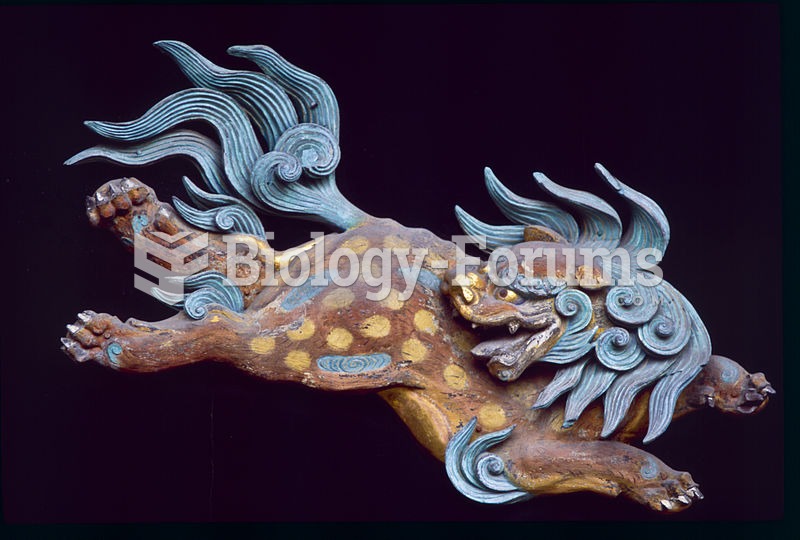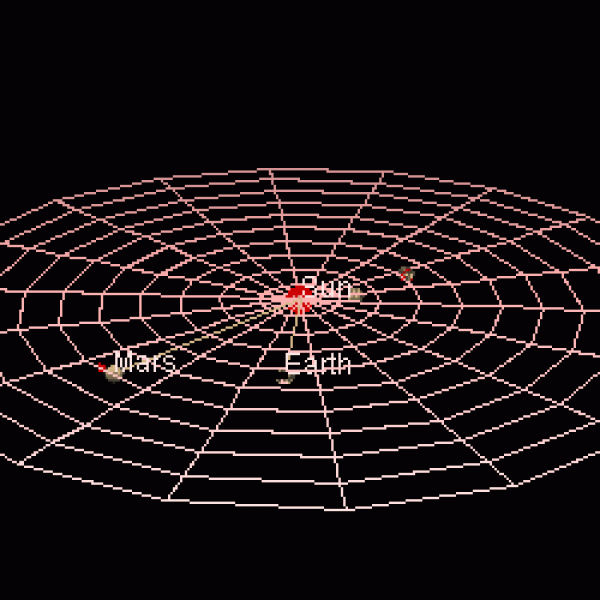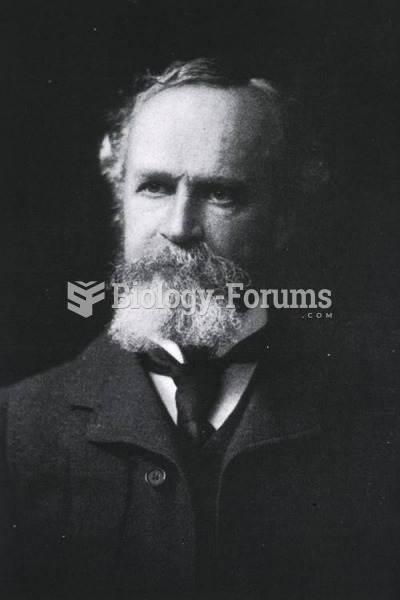Answer to Question 1ANSWER:This
time was one of unrest and upheaval, epitomized by World War I. These qualities led
to a shift in the way many artists approached their craft.
Three of the most important artistic movements of the period were futurism, dada, and
expressionism.
Futurism, launched in 1909 by Filippo Tommaso Marinetti of Italy, glorified the speed and
energy of the machine age, which Marinetti saw as the key to an enlightened future.
The futurists sought to replace old art forms with a number of new ones, such as collage,
kinetic sculpture, and bruitisme.
In performances by the futurists, several scenes or different kinds of events proceeded
simultaneously in different parts of the performance-audience space. The futurists sought
confrontations with audiences, challenging their prejudices about what art is or can be they
to the point that performances often provoked near-riots.
Dada, grounded in rejection of the values that had provoked World War I, was
established in 1916 by Tristan Tzara in Switzerland and in creating art aimed to replace
logic, reason, and unity with chance and illogic.
Practitioners of dada presented a number of programs in which, like the futurists, they
used simultaneity and multiple focus.
Recognizing no barriers between art forms, dada performances included sound poems,
short plays, dances, and music.
Expressionism, which developed around 1910 in Germany, sought to counter materialism
and industrialism, which it saw as distorting the human spirit.
Expressionism was rooted in the belief that the industrial age had turned human beings into
machines with conditioned responses and souls shriveled by materialistic values.
Most expressionist drama focuses on how the human spirit has been distorted by false
values. Walls of buildings or rooms might lean in threateningly, color may reflect
emotion, movement and speech might be robot-like, or several persons or objects may
be identical in appearance.
Answer to Question 2False







